In conversation with Leslie David, one of the most iconic creative figures in France
Tina KovačićekNovember 21, 2025


November 21, 2025
I have never met Leslie David in person, but I have met the collaborations she has created with the many brands she has worked with. For a designer, I imagine there is nothing better than hearing that the work speaks for itself. I will have the chance to meet and hear her live at the KIOSK conference on 6 February 2026, when Leslie arrives as one of the speakers at the one day event in Lauba. The conference will bring a lineup of creatives from the region and beyond to Zagreb, and it will conclude with a great party at Peti kupe.
Leslie David is one of the most recognisable creative figures in France, merging the worlds of art direction and visual art. She has been running her own studio in Paris for more than fifteen years, creating bold and tactile identities for brands that shape contemporary aesthetics. When she started out back in 2009, she worked completely on her own, she recalls at the beginning of our conversation. It was a period that felt both incredibly free and incredibly intense. I did everything myself, from the brief to production. Today I work with a team of four talented people, something I could not have imagined back then. I ask her what has changed since those early days. The passion has stayed the same, but the way of working has changed a lot. Growth happened on two levels. On a personal level, I learned to delegate, to trust, to build a collaborative and creative environment. On a professional level, the projects became more ambitious and more fully formed. I could not return to the way I once worked.
Zara and Jo Malone; {Creative Direction} {Packaging} {Print Design}
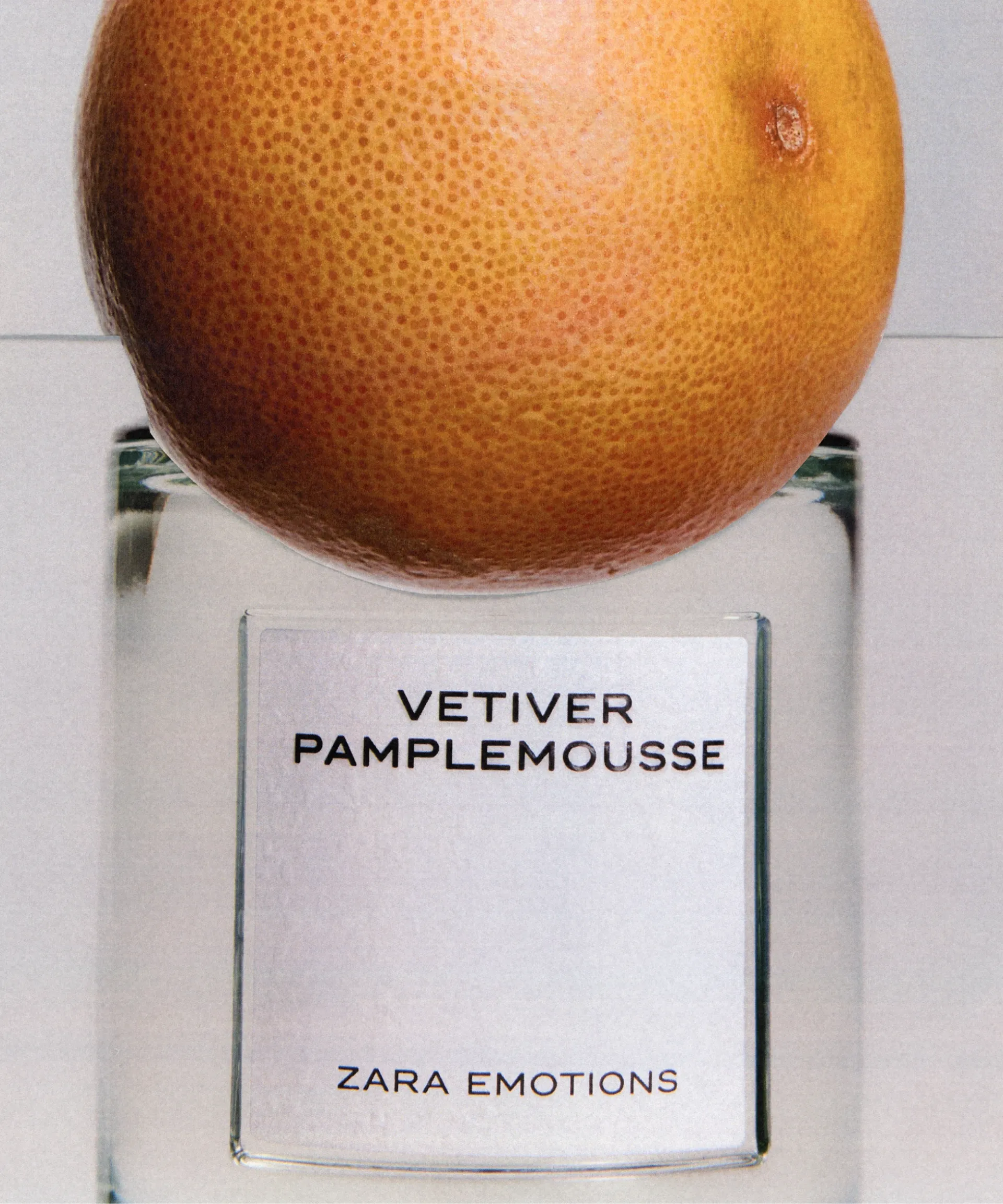



Her studio has collaborated with brands such as Zara, Jo Malone, Chanel, Le Rub, Prada and Sowvital, leaving its distinctive mark across the fashion, beauty, luxury and hospitality industries. I wanted to know which collaborations she remembers as particularly powerful and whether there was a project that defied expectations or conventions. She did not hesitate for long. The project that marked a true turning point for the studio was the visual identity for Glossier. That brand fundamentally changed the landscape of the beauty industry and paved the way for a new generation of brands that were more sensitive, more human and more joyful. It was incredible to be part of that moment. And it is even crazier to see that ten years later most of our new clients come to us precisely because of the influence of the Glossier aesthetic. I am proud that its impact is still just as strong. I am also very proud of the collaborations with Diptyque, a house I have always admired for its attention to detail and its poetic universe.
Glossier; {Brand Identity} {Illustration} {Packaging} {Creative Direction}


Leslie is also known for her artistic approach, especially in places where you might expect something more commercial. Lately, it is precisely these more conceptual projects, often at the intersection of design and art, that have given her back a sense of creative freedom similar to the one she had at the beginning, something she values deeply. It is important to feed creativity and nurture it constantly. Running a studio is a full commitment, so preserving both time and the desire to create is essential, she concludes.

Diptyque; {Creative Direction} {Packaging} {Print Design}
From her biography, I highlighted phrases such as “honest brand universes” and “bring beauty and substance to our world”, and I ask her how she applies them in practice.On a personal level, as a consumer, I am increasingly aware of my own responsibility. I try to resist the reflex of overconsumption and make more ethical choices, even if it is not always easy. The way we shop and spend is shaped by the daily messages we absorb, often without noticing. That is why I try to stay conscious of it and prioritise care over convenience. I try to apply the same approach in my work. We choose brands through that lens, giving preference to those that bring something new or meaningful to the world, whether it is innovation, an ethical position or a human perspective. We also nurture a dialogue with clients about responsible alternatives. We question the need for printed materials, choose recycled options, reduce quantities and use plant based inks. These may be small steps, but together they make a real difference.
Sarah Eisman Studio; {Brand Identity} {Creative Direction} {Photography Direction} {Video & Motion Design} {Web Design} {Digital Content} {Copywriting} {Brand Strategy}
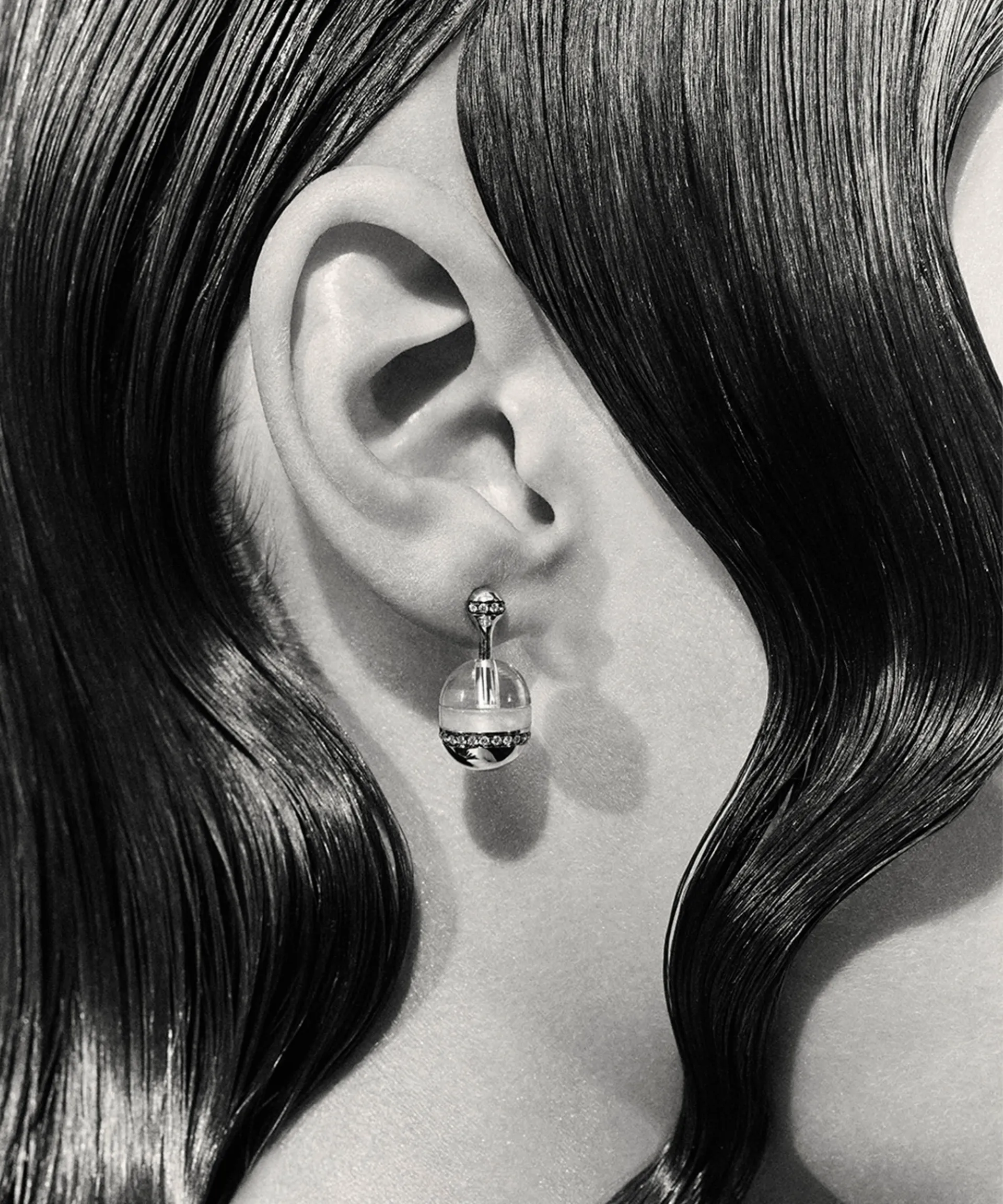
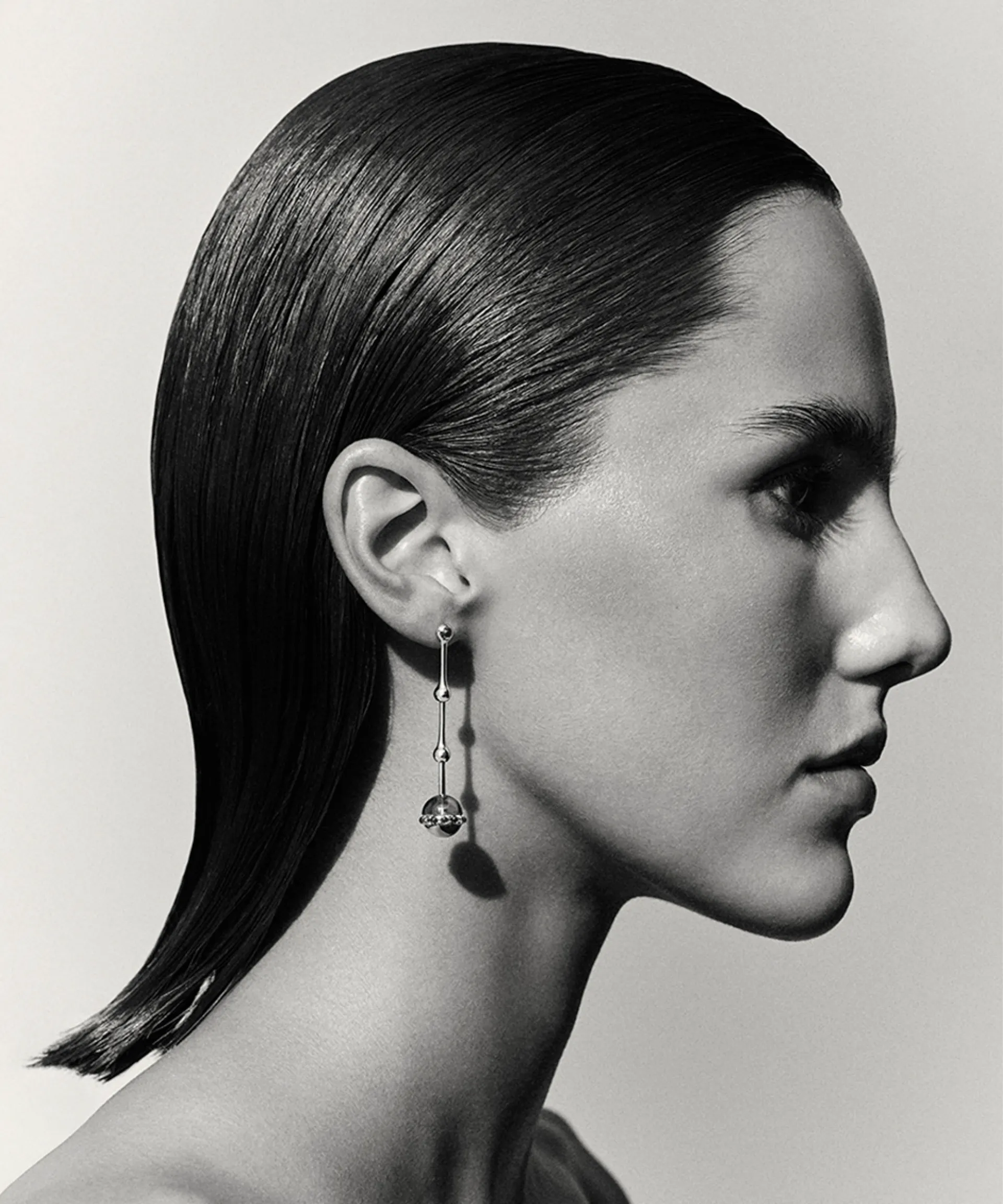
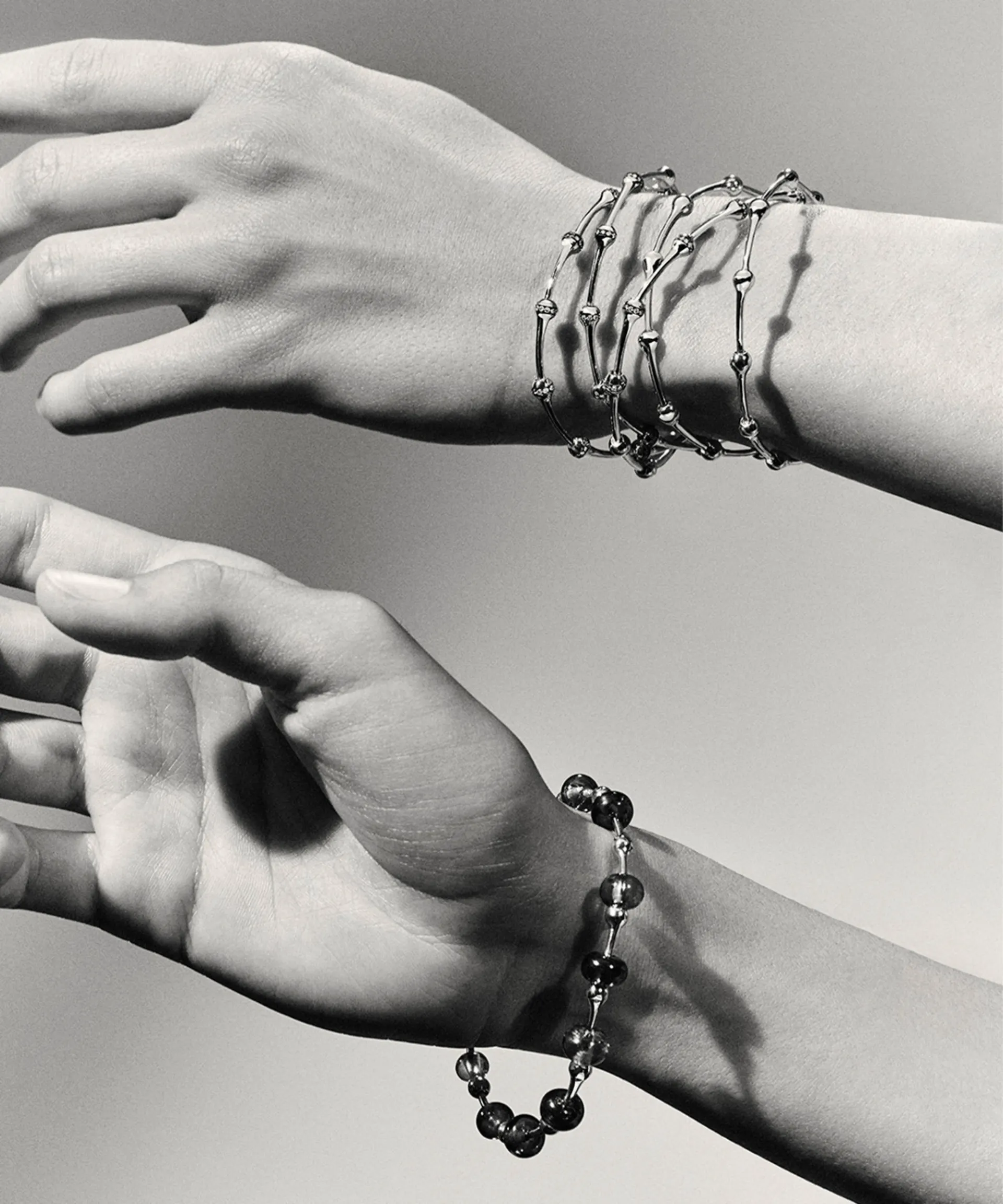
Another detail about Leslie that did not escape me? Her studio is composed entirely of women. I ask whether this was intentional or a kind of statement. At first it was not intentional, but over time I realised that I enjoy working with women. I appreciate the relationships of trust, kindness and mutual support that we build. I do not want it to be seen as a statement, especially since we often collaborate with men as well, and those collaborations work beautifully. Sensitivity to design is not a matter of gender, but of perspective.
I was also curious whether there were any collaborations that changed the way she thinks about design. Yes, I would say that some collaborative projects, especially in art and perfumery, shifted my understanding of how deeply emotional and even spiritual design can be. Working on olfactory worlds taught me to think about design in a more abstract and sensory way. Reflecting on the philosophy that guides her in each new project, Leslie highlights a few essential questions: Does it make sense? Does it move me emotionally? Will it stand the test of time? And above all, does it bring something new to the world, even in a small way?
Le Rub; {Print Design} {Copywriting} {Creative Direction}
Trends in the creative world shift constantly, and innovations seem to catch up with us faster than I can personally grasp. I ask Leslie what currently shapes her work in that sense. Artificial intelligence is changing many things in our field. I would not say it directly affects my practice, but it represents a new tool, a new playground. It opens fascinating creative possibilities, but also important ethical questions. I approach it with curiosity while keeping the human and intuitive side of design in sight. I wish we could all resist it as easily, I think to myself, while Leslie shares with me her method for maintaining that distinctly human creative component. I have found my own rhythm. Every six months, I take a week of isolation to focus, reflect and experiment. In the studio, we have also introduced a four day workweek so that everyone has time to explore ideas and nurture their creativity.

Sowvital; {Creative Direction} {Photography Direction} {Digital Content} {Video & Motion Design}
Leslie David Studio is an intriguing blend of commercial work in industries where she still manages to carve out small islands for art and more conceptual approaches, something highly valued on the French market. When I ask her what she sees as her greatest contribution to design and art, she answers at the very end. It is hard to say, but perhaps my contribution is, in my own way, bringing beauty, meaning and honesty into what I do. A reminder that design is not just an image or a trend, but a way of creating emotional and lasting connections between people, institutions and brands.
Sowvital; {Creative Direction} {Photography Direction} {Brand Strategy} {Digital Content}

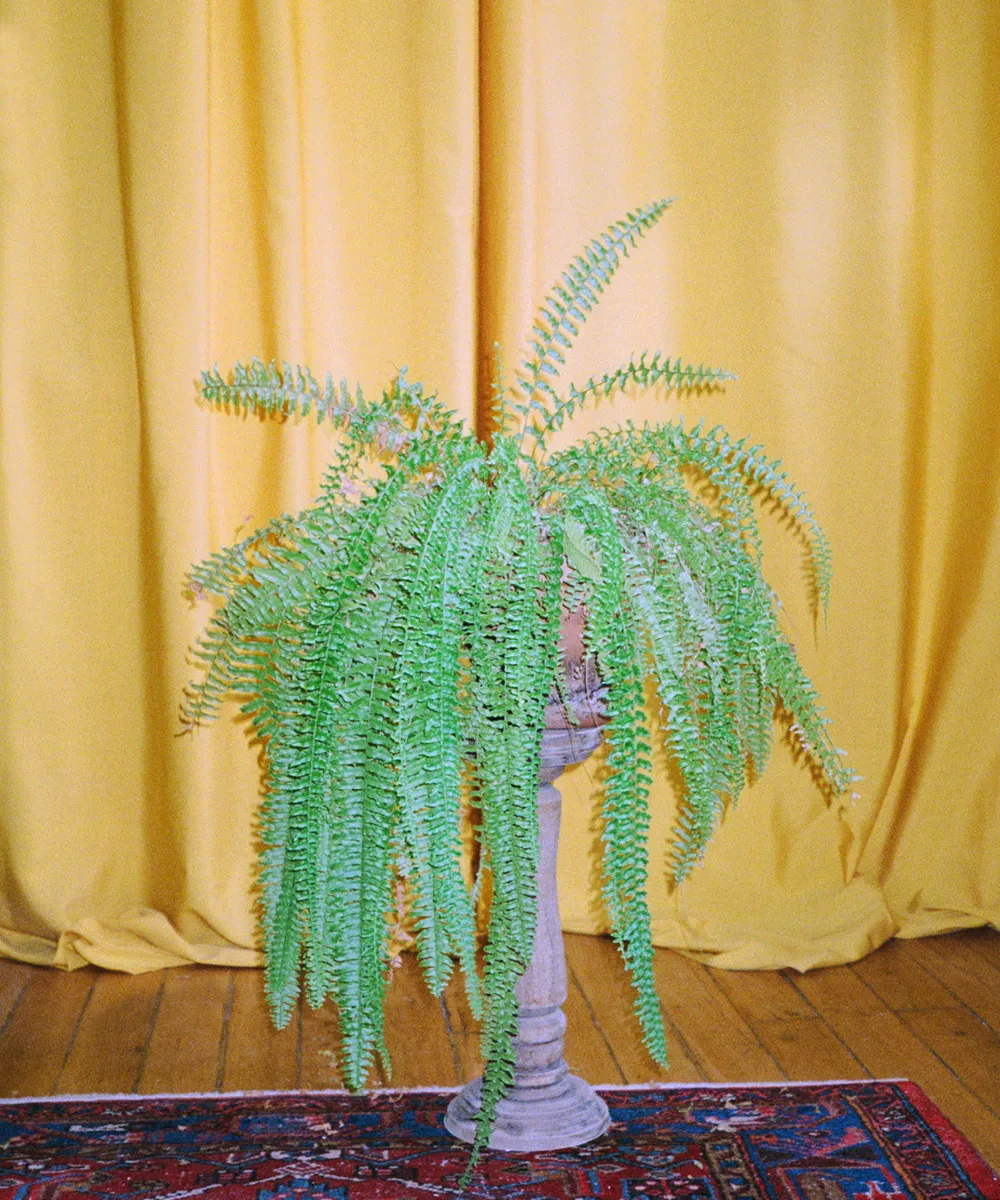
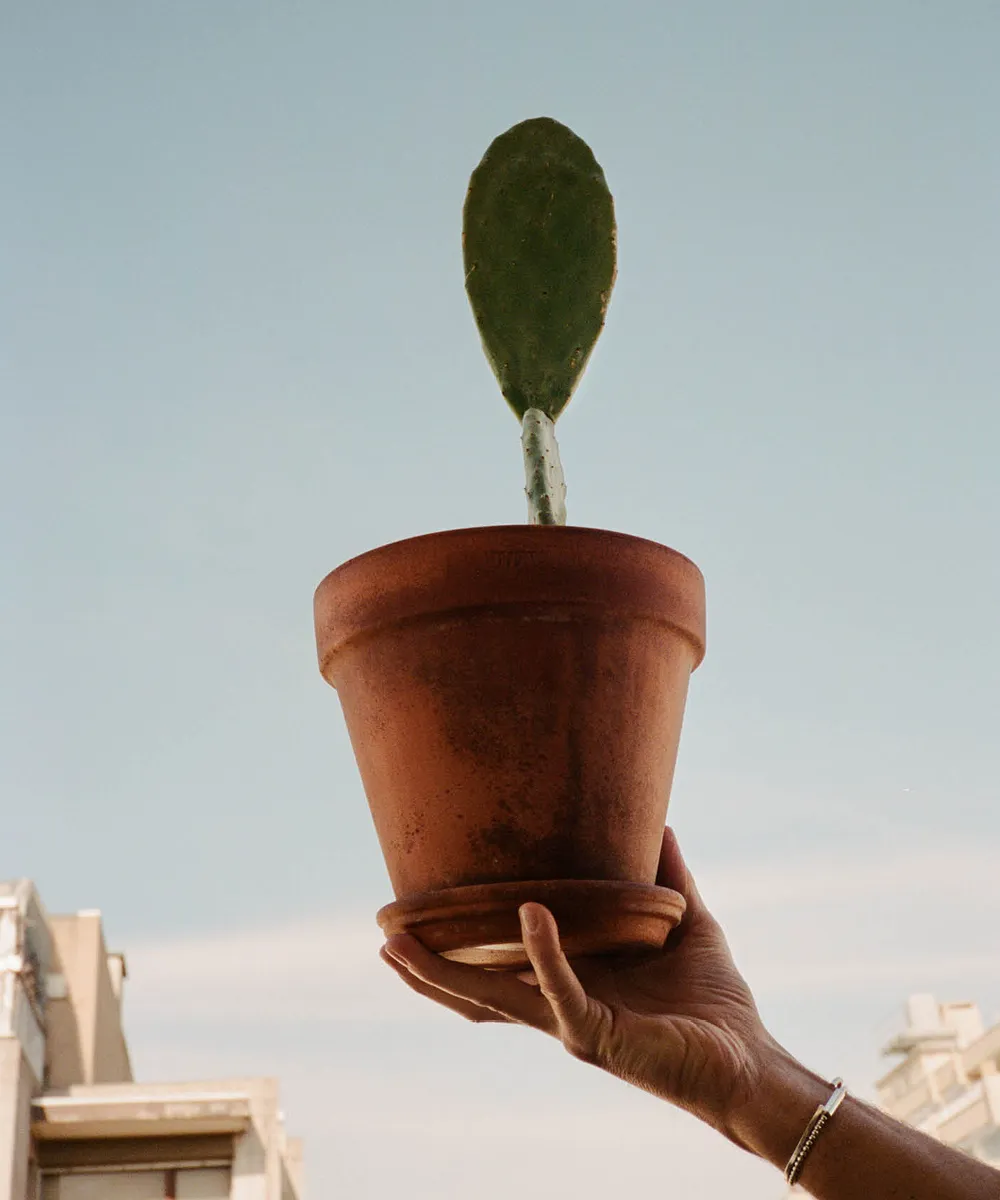
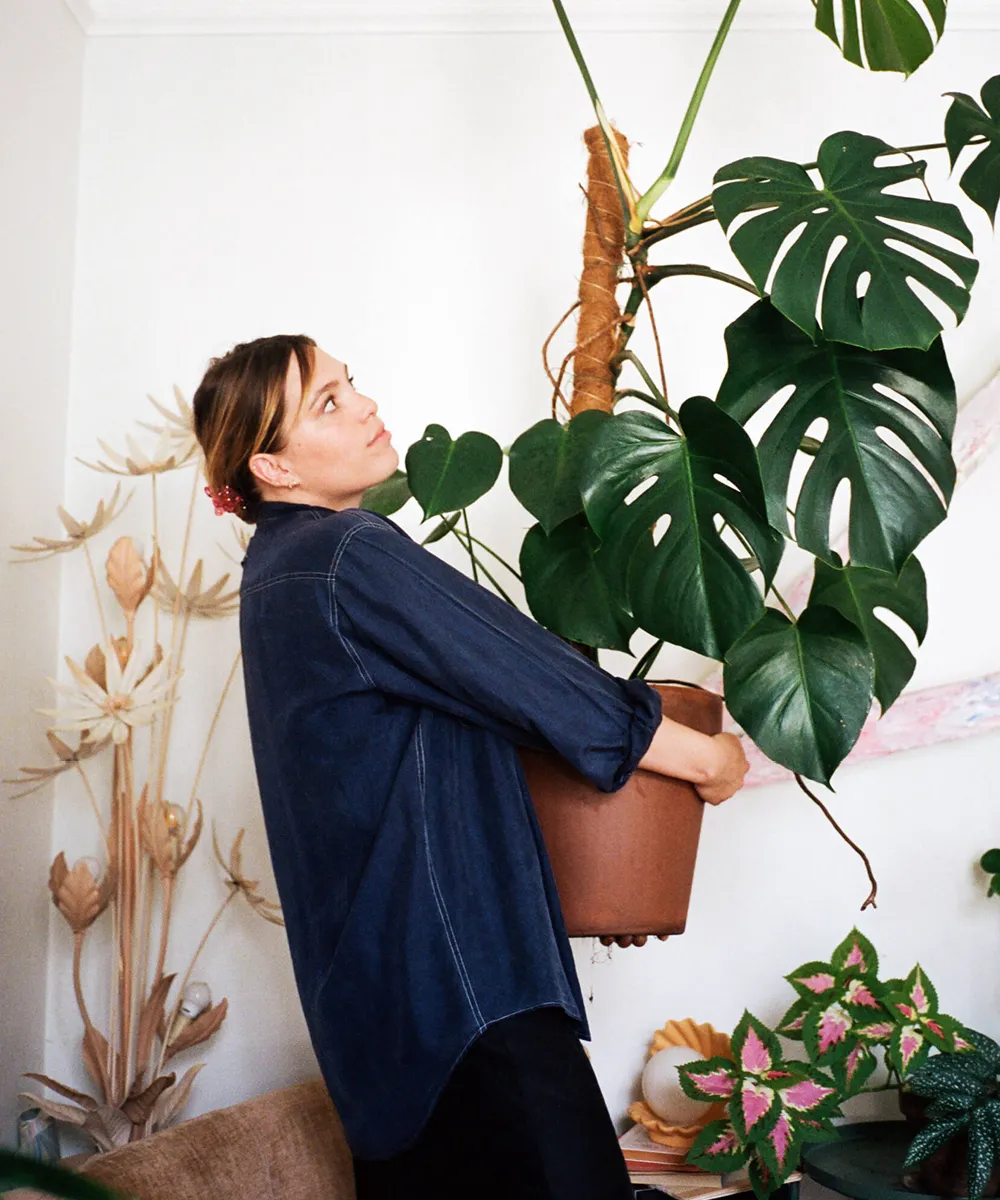
A limited number of regular tickets for the KIOSK conference is still available, and you can get yours here.